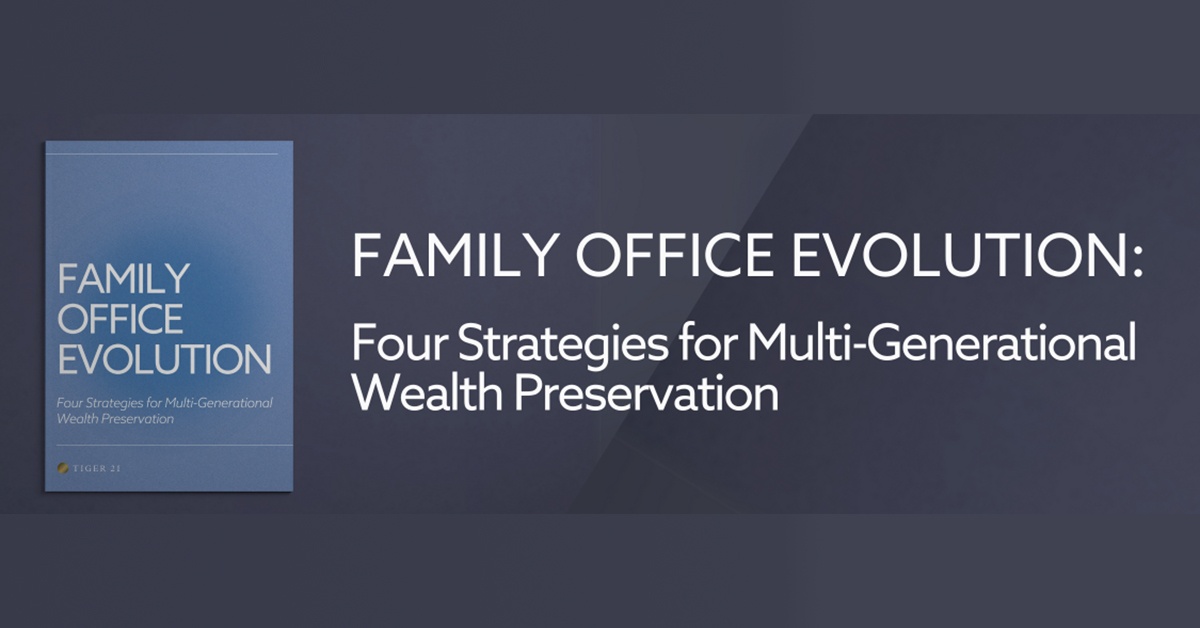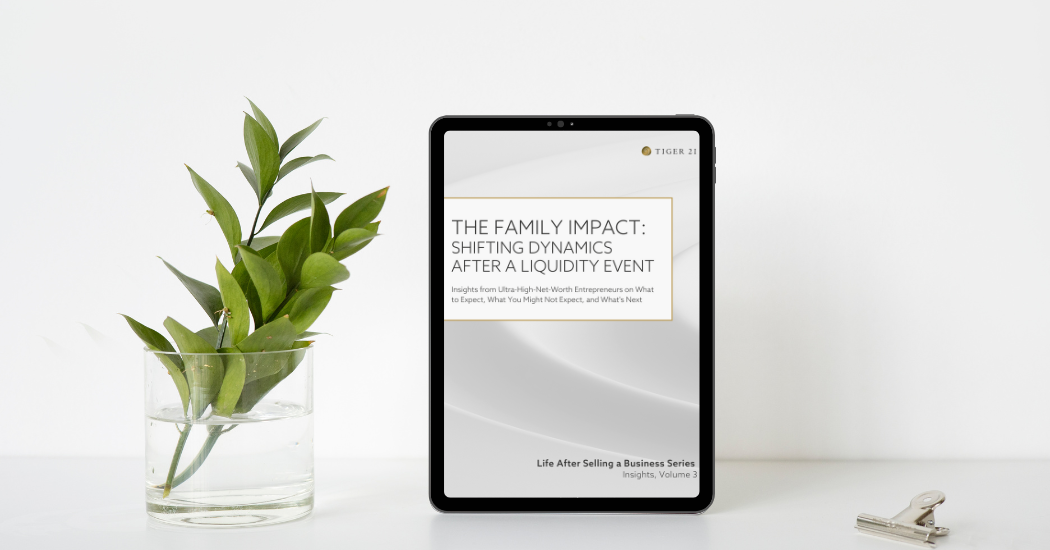Why It Pays to Invest in Special Purpose Acquisition Companies (SPACs)

Key Takeaways
- Historically, municipal bonds were a preferred strategy for a fixed-income allocation with modest upside.
- The unprecedented rise in special purpose acquisition companies (SPACs) has created a compelling new opportunity for cash management with lucrative upside.
- For investors seeking both security and aggressive returns, SPACs provide an alternative to municipal bonds for capturing gains.
A special purpose acquisition company – or SPAC—is a company with no commercial operations that is formed to merge or acquire another business and take it public – a less expensive and faster option to an initial public offering (IPO). SPACs have gained significant traction in the investment community this year, presenting an opportunity for sizable returns and risk management in an otherwise volatile market.
Although SPACs have existed for over a decade, 2020 witnessed an unprecedented spike in SPAC IPOs (237) and gross proceeds ($79.8 billion). To illustrate the significance of these increases, the previous high-water marks in both categories (59 IPOs and $13.6 billion) came in 2019 and have been drastically outperformed by this past year’s figures.
An innovative way to invest in SPACs is through a SPAC yield strategy. IPO proceeds are held in a trust and invested in U.S. Treasuries while the respective management teams seek acquisitions. Separately managed accounts can be used that feature average target durations of 12-18 months in order to maximize returns and take advantage of long-term capital gains.
SPACs vs. Municipal Bonds
Investors are largely sitting on too much cash right now, with interest rates at historic lows and equities overvalued. Many investors will often move cash positions to municipal bonds (“munis”) to generate income, but the current environment no longer supports this approach. When comparing SPACs to munis side by side, the case for SPACs is especially strong. High-quality, non-levered municipal bonds are yielding only about 1%. Conversely, there are SPACs, which offer higher yearly returns and are backed by the full faith of the U.S. government in the form of Treasury bills, bearing minimal risk such as interest rate risk.
Opportunity Cost and Impact of Inflation
With munis currently yielding so little, the opportunity cost of investing in SPACs instead is practically negligible. An investor would essentially roll that muni investment into another option that is backed by U.S. Treasuries and has an expected outcome of 5-10%, versus a return of just 1% while taking on some level of credit risk.
Another significant issue to consider is potential inflation. Although the Federal Reserve isn’t raising interest rates right now and inflation is minimal, that won’t last forever. Once inflation starts to accelerate again, interest rates will rise as well.
In the case of munis, substantial inflation could be devastating. For example, if someone committed to a 10-year annuity stream at 1.5% and inflation rises to 5-6%, that investor will experience actual principal erosion. Whereas in the SPAC-focused strategy, investors would make even more money when interest rates increase.
Keeping Your “Sleep at Night Money” Safe
All of that said, investors can be reluctant to move money from the muni sector because it is often seen as a type of safe haven. The municipal bond industry has spent a lot of time and money over the years to associate the word “municipal” with concepts like safety, security and income. So even if investors have heard of SPACs and are intrigued by the potential investment return, they might be hesitant to put their “sleep-at-night” money into a relatively new concept.
I believe that the case for SPACs is clear: There is little to no monetary risk compared to muni investments because of their low current yield. However, investors could see risk in the newness of SPACs or feel uncomfortable if nobody else they know is investing in SPACs yet. That’s an issue we are working to overcome with education, because any SPAC performance numbers right now will look fantastic. It’s a matter of convincing potential investors that this is a real opportunity they should consider seizing right now given the low opportunity cost, little comparative risk and high potential reward.
About the Author
Matthew Simpson
Matthew Simpson, Managing Partner of Wealthspring Capital, and TIGER 21 Member, has a broad array of experience in financial products and markets. Before co-founding Wealthspring Capital, he was the Head of the US Credit Solutions group at Mitsubishi Securities. Previously, he spent a considerable portion of his career at Deutsche Bank, where he was a Managing Director responsible for the Global Portfolio Management of the interest rate, foreign exchange, and credit risk of the structured products business.
Nothing contained in this article shall constitute, or should be construed as, constituting investment advice or a recommendation by any of the author, “Matthew Simpson,” his company, “Wealthspring Capital,” or TIGER 21.
About TIGER 21
TIGER 21 is an exclusive global community of ultra-high-net-worth entrepreneurs, investors, and executives.
Explore the TIGER 21 Member ExperienceMember Insight Reports










